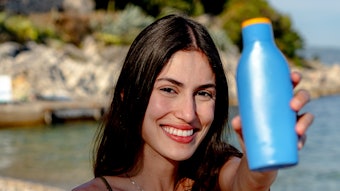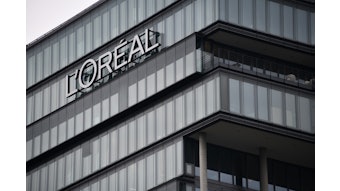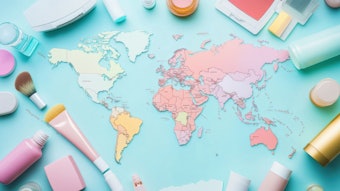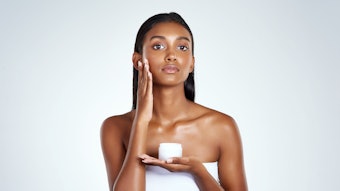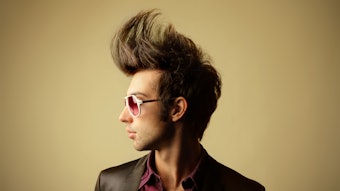According to market research, baby boomers’ unprecedented purchasing power, coupled with a youth-dominated cultural shift and modern technological advancements, have fueled a rapidly growing US antiaging industry that exceeded US$45.5 billion in 2004, $7.7 billion of which was spent on appearance products alone. Another report anticipated sales of cosmeceuticals in the United States to grow to more than $16 billion by 2010.
Oftentimes, cosmeceutical products incorporate such age-reversing and appearance-rejuvenating claims as: “aging is reversible and optional”; “regenerates damaged skin”; “penetrates deeply into the layers of the skin”; “erases wrinkles and boosts collagen synthesis within 10 days”; “stimulates cellular metabolism within days”; and so on. An Australian survey conducted by CoreData and www.news.com.au reported that 55% of the respondents did not trust the accuracy of the scientific claims made by cosmetic companies, and many were cynical about those claims.
It is therefore unclear whether cosmeceutical products should be considered a new regulatory subcategory of cosmetics, or if they should be regarded as medicinal products. So what are the rules regulating product claims for this category, and what are the substantiation standards?



